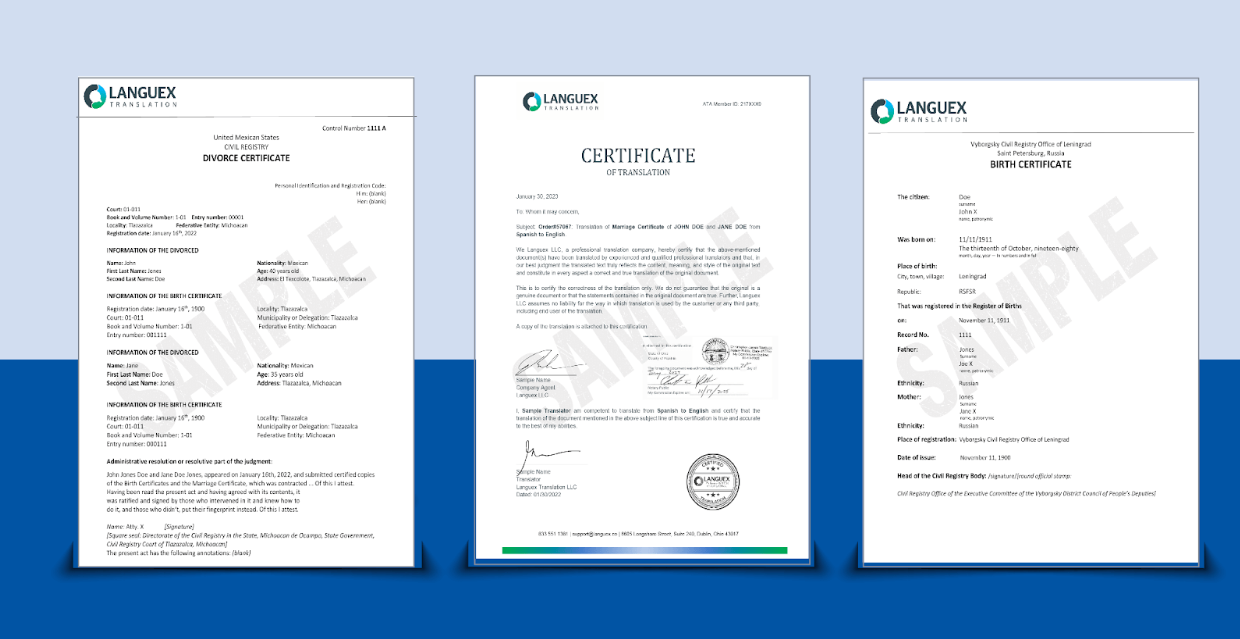Latin, once the lingua franca of the Roman Empire, is a classical language that has significantly influenced many modern languages. While it’s no longer spoken as a native language, Latin is still used in various contexts, especially in religious, legal, and scientific domains. Many types of content require Latin translation, including historical texts, religious documents, legal statutes, academic works, scientific nomenclature, and even some modern literature.
Classical Latin was the standard form used in literature and formal settings during the Roman Republic and the early Roman Empire. Ecclesiastical Latin, on the other hand, is used by the Roman Catholic Church for its official documents and liturgies. There are also Medieval and Renaissance Latin, which evolved over time and were used in various contexts.
However, translating into or from Latin requires a deep understanding of the language’s nuances:
Historical Context – Latin has evolved over centuries, and its usage has varied depending on the period. Translators must be aware of these historical contexts to provide accurate translations, especially when dealing with ancient texts.
Cultural Significance – Latin is deeply intertwined with the history, philosophy, and culture of the Roman Empire and the Western world. Effective translation requires an understanding of cultural and historical references that shape meaning.
Complex Grammar – Latin grammar, with its system of declensions, cases, and verb conjugations, is distinct and can be quite intricate. Expert translators need to grasp these complexities to convey ideas accurately in Latin.
Word Meanings – Latin words can have different meanings based on their context, especially given the language’s long history and diverse usage. Translators must analyze the entire text to ensure the translation captures the intended meaning.







